Ulnar nerve innervates several muscles in the hand. Its damage is reflected in inappropriate movements of the hand and fingers. The ulnar nerve is actually not protected by structures such as bones or muscles. This is why it is prone to injury along its whole length. The nerve can be damaged due to numerous causes, and if left untreated, the consequences may be rather severe.
Causes of Ulnar Nerve Damage
Ulnar nerve starts in the shoulder and ends in the wrist. It may be trapped or pinched all the way down this path. So, direct trauma to the nerve is only one of the causes of the damage. Injury may be direct or indirect. The injury may also affect the cervical spine and plexus brachialis which are the originating place of the ulnar nerve.
Bone fractures can directly damage the nerve, and this particularly refers to fractures of the elbow since the ulnar nerve passes right next to the elbow joint. Apart from the previously mentioned, additional causes of the damage include diabetes, tumors, rheumatism, hypothyroidism, and clod clots in the vessels that are in charge of the blood supply of the nerve.

Symptoms of Ulnar Nerve Damage
The leading symptom of ulnar nerve damage is numbness of the little and ring finger. The numbness intensifies if the elbow is bent.
Patients may also complain about severe pain in the elbow. The pain may prevent movements, and patients may have difficulties when trying to hold or carry different objects. Even driving or holding a phone may be painful and difficult to perform.
Sometimes, the pain and numbness may resemble the symptoms that occur in carpal tunnel syndrome. However, carpal tunnel syndrome develops due to the injury of the median nerve.
Treatment for Ulnar Nerve Damage
The goal of the therapy is to restore the movements in the hand and fingers. Sometimes, these movements cannot be as they used to be, but at least the hand and the fingers are functioning.
In injuries, a splint or a pad is used to support the elbow. They may accelerate the healing and prevent further damage to the nerve. To reduce inflammation patients are given corticosteroid injections. Pain can be alleviated by different painkillers and analgesics. If symptoms do not withdraw, the patient needs to be operated on. The surgery is performed only in patients whose symptoms cannot be improved by conservative treatment.
Exercises and physical therapy may be of great help. They can maintain the strength of the muscles and restore movements in the hand and fingers to a certain extent.
- There is a lack of data on how ulnar nerve strain varies according to the location around the elbow joint. Therefore, we measured the longitudinal movement of the ulnar nerve around the elbow joint. Four fresh-frozen cadaveric upper extremities were used. A linear displacement sensor was attached to the ulnar nerve at eight measurement points at 20-mm intervals. At each point, the longitudinal movement of the ulnar nerve was measured during elbow flexion.
- We calculated the strain on the ulnar nerve based on the change in movement between neighboring points. Ulnar nerve movement with elbow flexion had a maximum value (mean, 10.5 mm; p
- The change in strain between mild flexion (0–60°) and deep flexion (60–120°) significantly differed at 2–4 cm and 6–8 cm proximal to the medial epicondyle (15% versus 3%, p




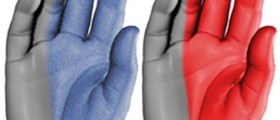
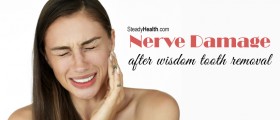
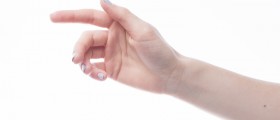
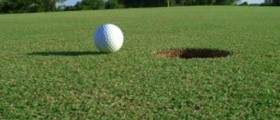
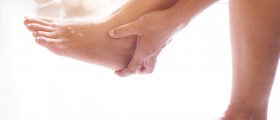

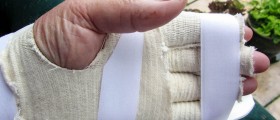


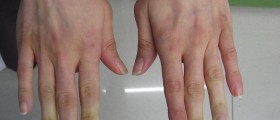


Your thoughts on this
Loading...